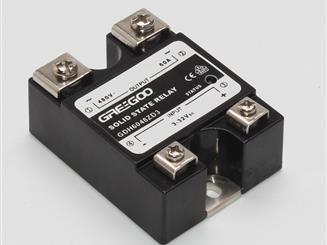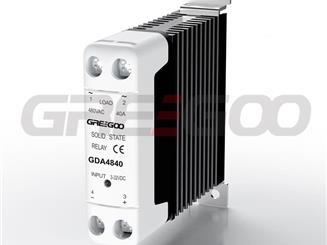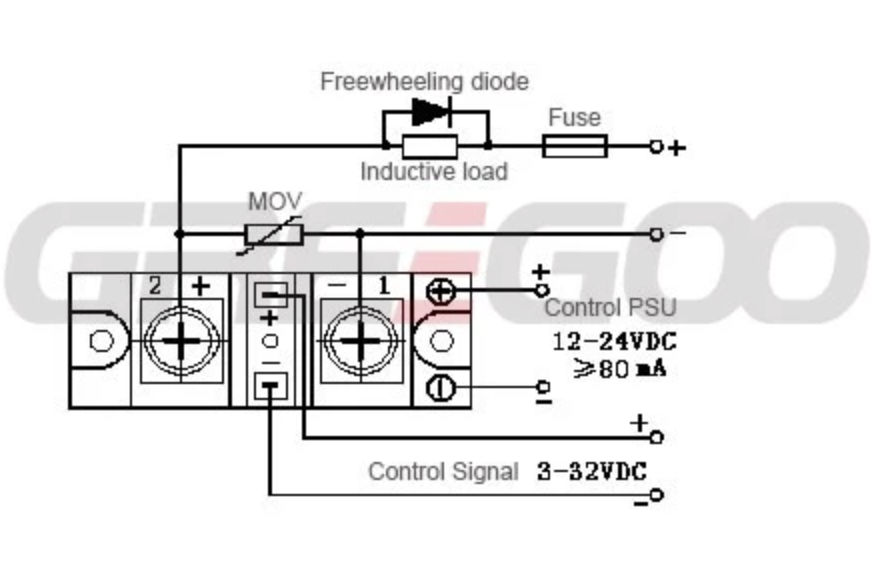The Critical Role and Application Analysis of Freewheeling Diodes in Solid-State Relay
The Role and Application Analysis of Freewheeling Diodes in Solid-State Relays (SSR)
The freewheeling diode in a solid-state relay primarily serves to protect the circuit and its components, especially when controlling inductive loads such as motors, solenoids, and relay coils. Below are its specific functions:
1. Suppressing the Back Electromotive Force of Inductive Loads
Inductive loads store magnetic energy when powered. When the circuit is disconnected, the inductive load generates a back electromotive force (also known as induced voltage), which can be much higher than the rated voltage of the circuit. This high voltage can damage the power components (such as thyristors, triacs, or MOSFETs) inside the solid-state relay.
2. Protecting the Power Components of the Solid-State Relay
The freewheeling diode is typically connected in parallel with the inductive load. When the load is powered off, the freewheeling diode provides a low-impedance path for the energy released by the inductive load, forming a current loop through the diode instead of passing through the power components of the solid-state relay. This effectively protects the internal components of the solid-state relay and extends its service life.
3. Reducing Electromagnetic Interference (EMI)
The high-frequency back electromotive force generated by inductive loads can cause electromagnetic interference, affecting nearby electronic devices. The freewheeling diode suppresses this high-frequency interference, improving the electromagnetic compatibility of the circuit.
4. Enhancing System Reliability
By protecting the solid-state relay and other circuit components, the freewheeling diode improves the overall reliability of the system, preventing failures caused by overvoltage.
Selection of Freewheeling Diodes
The freewheeling diode should be selected based on the current and voltage characteristics of the load.
Commonly used freewheeling diodes include models like 1N4007 and FR107. The specific choice depends on the characteristics of the load.
Summary
The freewheeling diode plays a critical protective role in solid-state relays, especially when controlling inductive loads. It effectively suppresses back electromotive force, protects the power components of the solid-state relay, reduces electromagnetic interference, and enhances the stability and reliability of the circuit.

𝑪𝒐𝒏𝒔𝒊𝒅𝒆𝒓𝒂𝒕𝒊𝒐𝒏𝒔 𝒇𝒐𝒓 𝑺𝒐𝒍𝒊𝒅 𝑺𝒕𝒂𝒕𝒆 𝑹𝒆𝒍𝒂𝒚𝒔 𝑺𝒆𝒍𝒆𝒄𝒕𝒊𝒐𝒏
For resistive loads, a 2-3 times higher load current can be selected. For inductive or capacitive loads, a 3-4 times higher load current can be selected.
Read More
How to choose a suitable Solid State Relays
Single phase or three phase, nominal voltage and current, potential surge or inrush current, AC or DC load, control signal, zero crossing type or random control ssr etc.
Read More
Greegoo SCR Power Controller: The Ideal Choice for Industrial Applications
Three phase SCR power controller, phase shift thyristor regulator, IPM module 60A to 800A.
Read More
𝑪𝒐𝒎𝒑𝒂𝒄𝒕 𝑺𝒐𝒍𝒊𝒅 𝑺𝒕𝒂𝒕𝒆 𝑹𝒆𝒍𝒂𝒚 - 𝑴𝒊𝒏𝒊 𝑷𝑼𝑲 𝑺𝒐𝒍𝒊𝒅 𝑺𝒕𝒂𝒕𝒆 𝑹𝒆𝒍𝒂𝒚 - 𝑭𝑨𝑺𝑻𝑶𝑵 𝑻𝒆𝒓𝒎𝒊𝒏𝒂𝒍 𝑺𝒐𝒍𝒊𝒅 𝑺𝒕𝒂𝒕𝒆 𝑹𝒆𝒍𝒂𝒚
𝑪𝒐𝒎𝒑𝒂𝒄𝒕 𝑺𝒐𝒍𝒊𝒅 𝑺𝒕𝒂𝒕𝒆 𝑹𝒆𝒍𝒂𝒚 - 𝑴𝒊𝒏𝒊 𝑷𝑼𝑲 𝑺𝒐𝒍𝒊𝒅 𝑺𝒕𝒂𝒕𝒆 𝑹𝒆𝒍𝒂𝒚 - 𝑭𝑨𝑺𝑻𝑶𝑵 𝑻𝒆𝒓𝒎𝒊𝒏𝒂𝒍 𝑺𝒐𝒍𝒊𝒅 𝑺𝒕𝒂𝒕𝒆 𝑹𝒆𝒍𝒂𝒚
Read More














